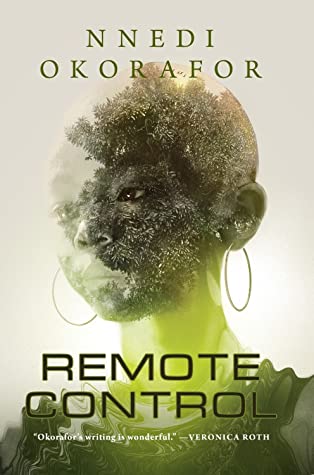- The Good: The quiet wanderings of a little girl with superpowers in Ghana
- The Bad: Larger questions unanswered; less scifi than folk tale;
- The Literary: Ghanan Akan tribe mythology of the Sankofa bird
Fatima loves to climb the shea tree in her back yard, escaping her brother by day and staring at the stars by night. One day the tree gives her a gift from the sky, a seed of sorts, which is eventually sold for a large sum of money to a very interested man in a tailored black suit, but not before it grants Fatima the power of death. Now she wanders from village to village with a fox companion, searching for the lost item, bestowing death on some who ask for it.
Fatima forgets her name the day her gift surfaces, so she takes the name Sankofa. She’s just a little girl, lonely, looking for a home and her lost toy, but her reputation proceeds her, and the people she meets treat her with fear and reverence, giving her offerings of food and clothes, but never understanding. I love the coming-of-age story, ripe with magical realism, rooted in folk lore, and laced with the all-seeing eye of scifi tech. Sankofa is just a child and makes the mistakes a child would with such power.
In this near-future Ghana, the juxtaposition of traditional tribal beliefs and modern technology, as well as between the poor and the wealthy, is stark. Sankofa’s search for meaning and acceptance in a world that grows stranger year by year personifies themes of how sleek drones and the internet can fit in a world of mud huts and tree farms. Sankofa literally glows green when she uses her power, cowering poor villagers, rich American children, and modern street cameras alike because her touch means death for organic flesh or machinery.
Despite how big that all sounds, the story is quiet and small and follows Sankofa’s inner life. There are hints of a much wider world of wealth, corporations, and imperialism. My modern mind wishes for more of this worldbuilding, an explanation of why and how the seed gave Sankofa her power, or at least for a map of Sankofa’s journey, but instead the reader must follow the meandering plot and path of Sankofa’s footsteps without a sense of where she will end up.
Okorafor’s writing is sharp and smart, and this dark little novella is one of her best yet.
